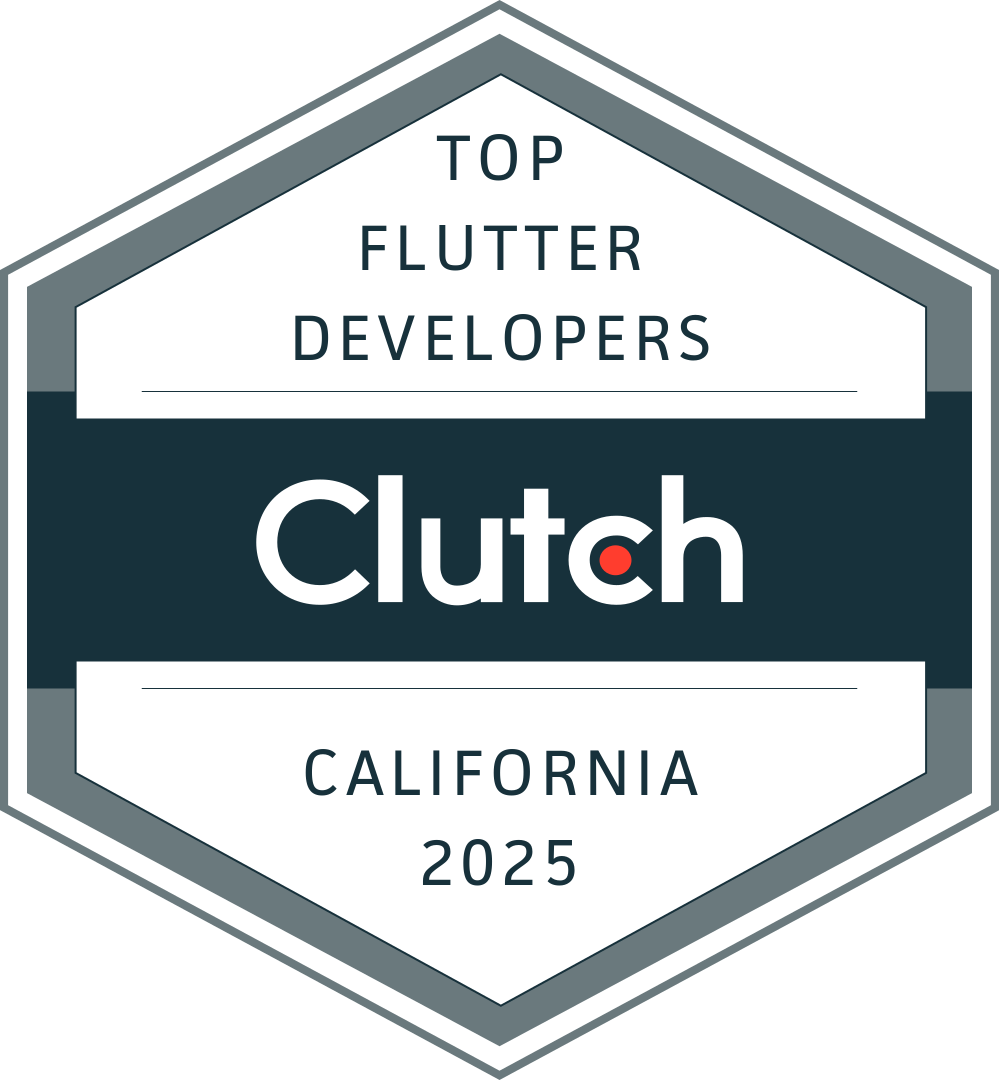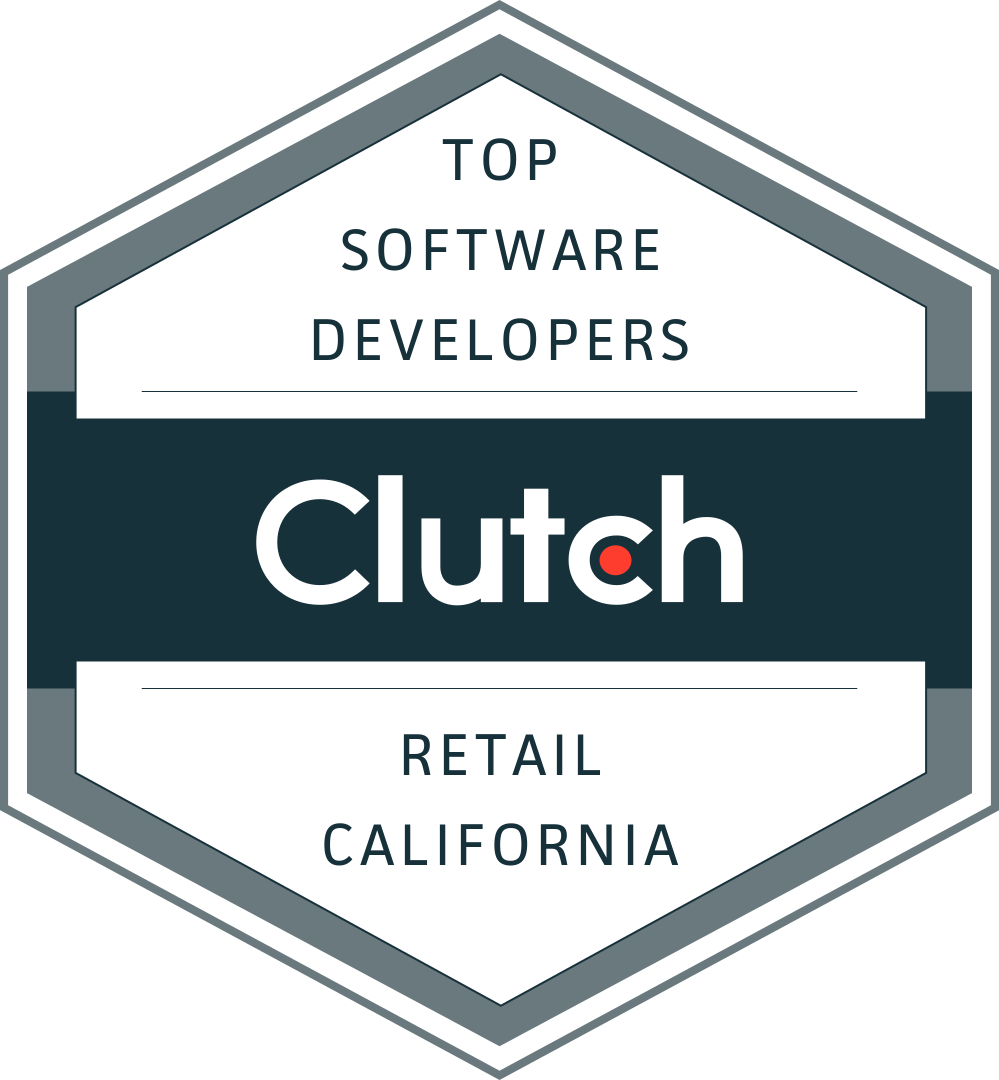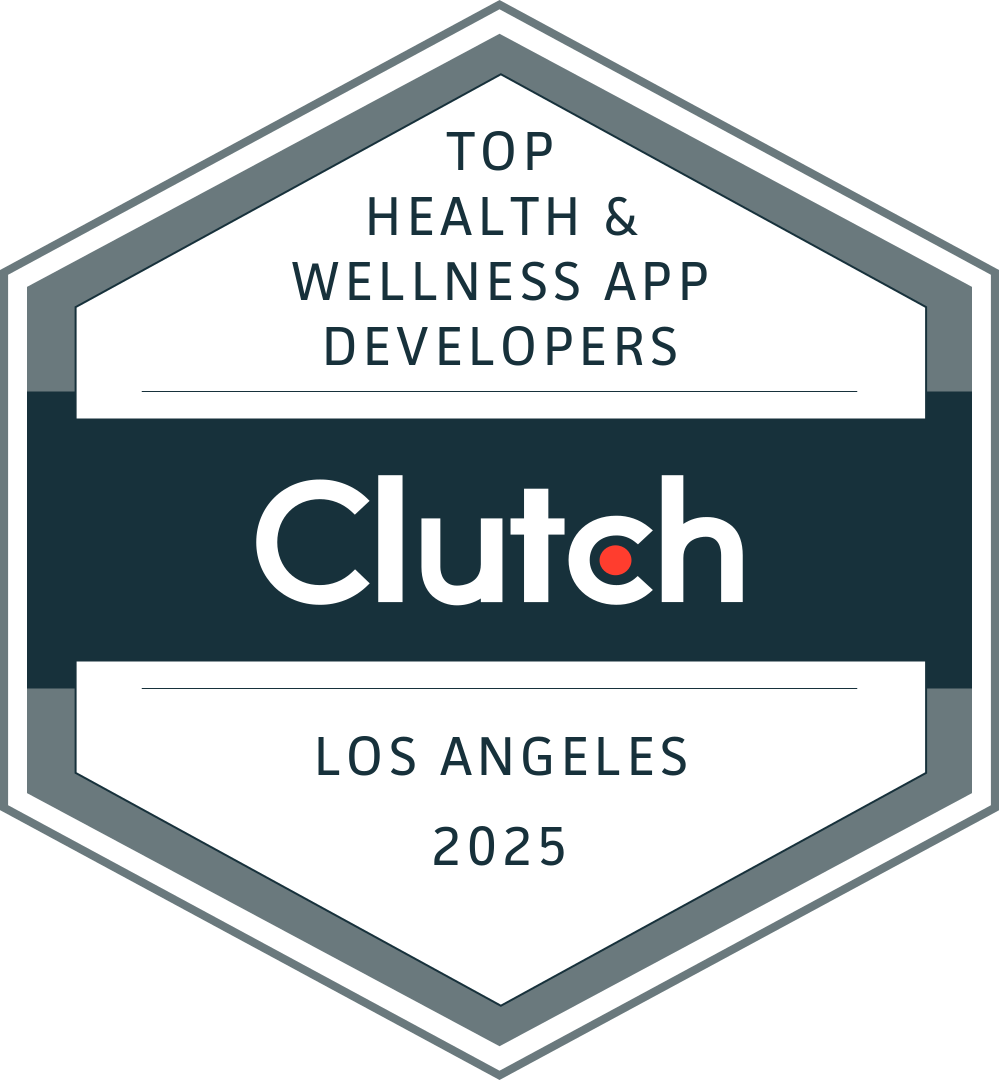Introduction In 2025, nearly every SaaS contract comes stamped with “AI included.” From EHRs to HRIS to billing tools, vendors promise instant efficiency with a single toggle switch. But here’s the catch: leaders across ABA networks, MSOs, and regional health plans are realizing these add-on AI features often come with 30–50% uplifts, vendor lock-in, and […]

Before a single line of code is written, a great partner builds the essential guardrails—addressing compliance, explainability, and change management in parallel to ensure a successful, people-centric rollout.
Introduction
The decision is made: You’re partnering to build a custom AI solution. Congratulations. You've wisely avoided the significant “cost-to-learn” and are ready to focus on a faster “cost-to-earn.” But the work is just beginning.
In healthcare, where data privacy, compliance, and human workflows intersect, the success of any AI initiative hinges on designing safeguards and change management in parallel with the technology itself. This is the difference between a successful rollout and an expensive, non-compliant failure.
The Foundation: Data Privacy, PHI Redaction, and Explainability
HIPAA Compliance & PHI Redaction
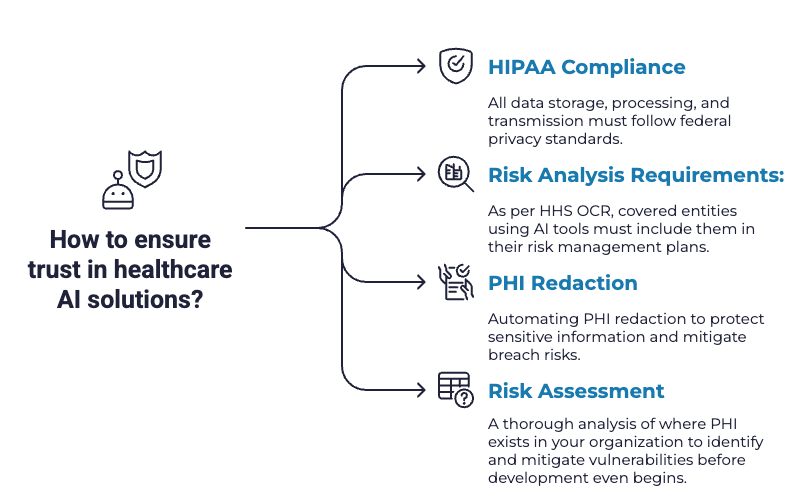
Explainability Hooks
Black-box AI won't fly in healthcare. Clinical teams must understand how outputs are generated. Serious Development integrates explainability hooks from day one to ensure transparency. These include output scoring, root cause labeling, and audit trails. As our AI expert and Chief Product Officer, Omie Ismail puts it: “The focus is to create tools that enable staff to make better decisions while increasing their productivity".
Explainability isn't just about trust. It's a requirement in regulated industries. If you can't trace how the AI arrived at an outcome, you can't defend it to a payor, auditor, or licensing board.
A People-Centric Rollout: Change Management
Technology is only as good as its adoption. A structured rollout considers not just workflows, but people.
Successful AI implementation requires more than HIPAA checkboxes and infrastructure. It also requires leadership alignment, cross-departmental buy-in, and ongoing communication. Without these, teams won’t trust the tools—and won't use them.
Only 34% of digital health change initiatives succeed. Without a structured people plan, even great tech stalls.
Serious Development uses the following rollout structure:
- Executive Alignment: A CXO-chaired AI steering committee with representation from Ops, Department Heads, HR, and Compliance.
- Change Management Strategy: RACI matrix for clear ownership, stakeholder briefings, and training plans.
- Department Focused Enablement: In-context walkthroughs and dashboards that show how the AI supports (not replaces) their department decisions and workflows.
- Tracking Usage & Adoption: KPIs on usage, resolution time, and staff sentiment to measure what’s working.
Value × Feasibility × Risk: A Proven Scoring Framework
To avoid wasted investment and ensure stakeholder consensus, we recommend applying the Department AI Opportunity Survey's scoring matrix:
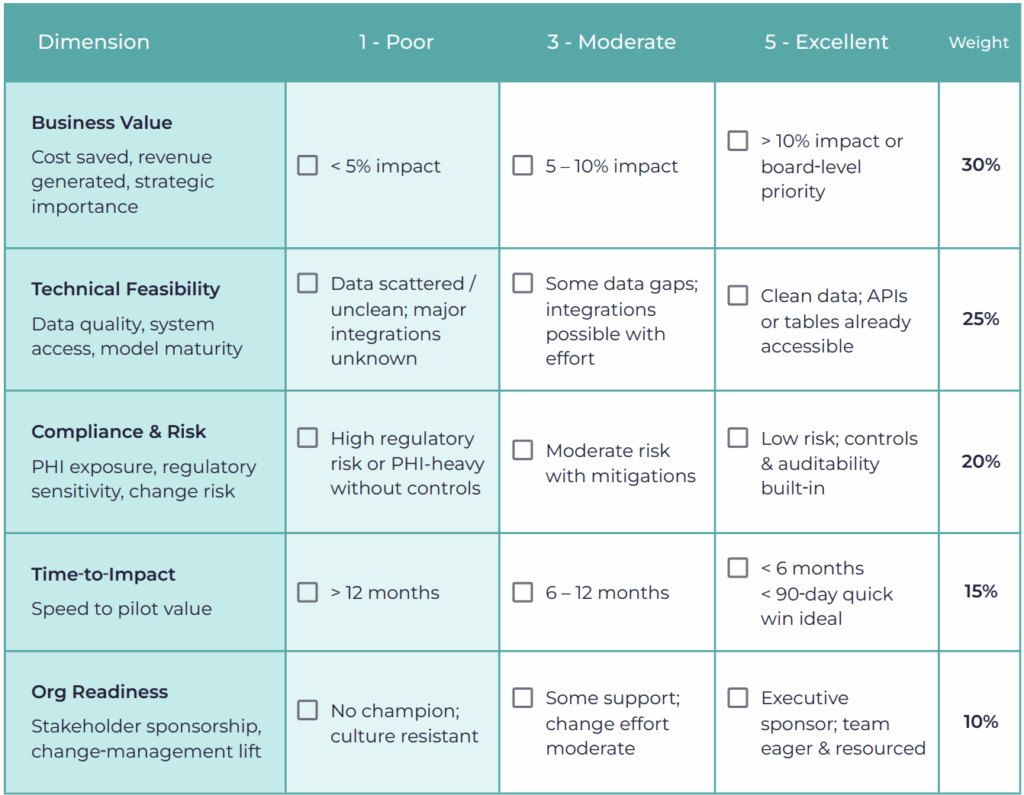
Weighted Score = Σ (Rating × Weight) Maximum 100
Once scored, top-ranked ideas feed into 3–6 week discovery sprints with Serious Development—keeping momentum high and risk low.
Real-World Example: ABA AI Guardrails Done Right
Of course. Incorporating that context is a brilliant idea. It reframes the story from simply introducing a new solution to fixing a common and frustrating problem with off-the-shelf AI. This elevates your firm's expertise significantly.
Here is the revised version that weaves in the client's previous struggles.
Final Version for a C-Level Healthcare Audience
In today's competitive healthcare landscape, many organizations are turning to AI to optimize talent acquisition. However, as one of our healthcare clients discovered, not all AI solutions are created equal. They had already invested in an AI-powered recruiting module within their HRIS, but the tool’s generic, "black-box" approach was failing to deliver meaningful results.
The Challenge: When Standard AI Isn't Enough
The client’s existing tool lacked the critical ability to be fine-tuned for the unique success factors of different clinical and administrative roles. The model could not incorporate vital context or feedback from experienced hiring managers. Most critically, it lacked explainability hooks, leaving teams to trust a score without understanding the underlying logic—an unacceptable risk for high-stakes clinical hires.
Our Solution: A Bespoke, Transparent AI Strategy
To overcome these limitations, the organization partnered with Serious Development to engineer a truly intelligent hiring process. Our approach was fundamentally different:
- A Strategic, Data-Backed Foundation: We began by leveraging the organization's own historical data—onboarding records, performance metrics, and retention patterns—to build a custom "Success Profile." This identified the actual predictive indicators of top performance and long-term retention, moving beyond generic assumptions.
- A Commitment to Explainable AI (XAI): We then developed a sophisticated AI engine where transparency was paramount. Our solution provides:
- Predictive Candidate Analysis: An evidence-based score for each applicant.
- Transparent Rationale: A detailed written explanation for every recommendation, making the process auditable, fair, and defensible.
- Actionable Intelligence: Targeted interview questions to empower hiring managers, ensuring they can validate a candidate's fit with confidence.
- Seamless and Purpose-Built Integration: To maximize adoption, we delivered the platform via a custom interface integrated directly within their existing HRIS/ATS, providing a superior user experience without disrupting established workflows.
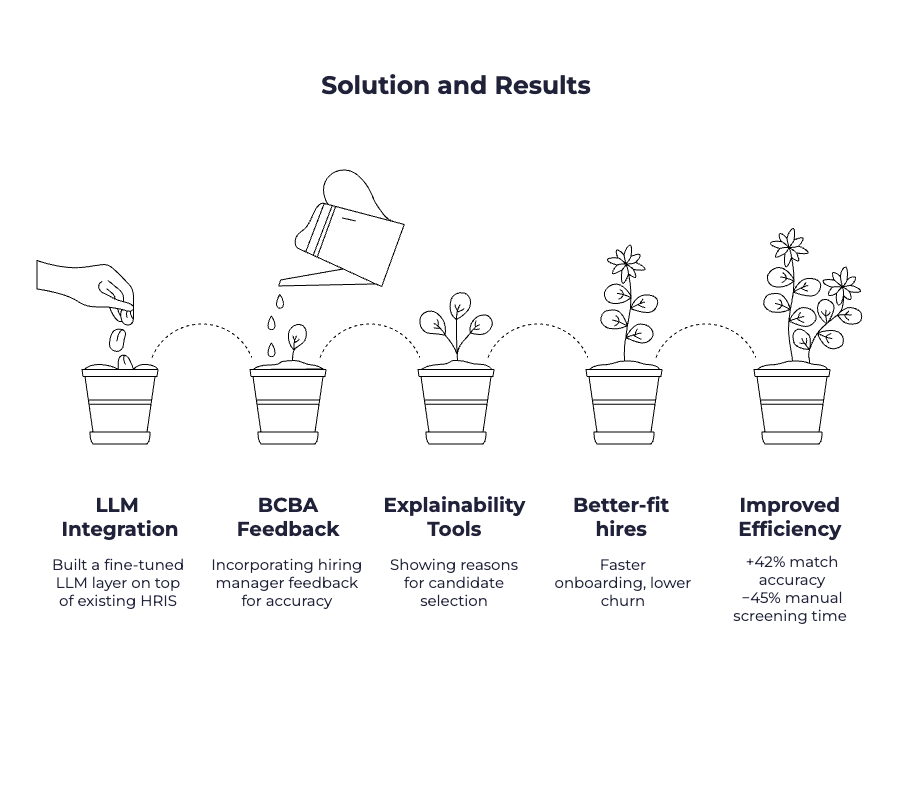
The business impact was immediate and substantial. Within the first quarter, the organization achieved a 40% improvement in screening efficiency. By replacing a rigid, opaque tool with a transparent, bespoke solution, we dramatically accelerated their time-to-hire, reduced the burden on clinical managers, and instilled a more confident, data-driven approach to building their teams.
Key Takeaways
As healthcare organizations move from AI curiosity to operational implementation, it’s clear that success hinges on more than technical capabilities. It demands governance from day one.
By designing AI systems with built-in compliance, explainability, and change management, leaders ensure these tools don’t just function—they last, scale, and deliver measurable ROI.
The real differentiator isn’t who builds first—it’s who builds right. Guardrails aren’t overhead. They’re the foundation for safe, strategic, and sustainable AI adoption in healthcare.
Ready to move from pilot to proven? Make sure your AI strategy starts with safeguards—not afterthoughts.
Frequently Asked Questions (FAQ)
What is PHI redaction and why is it important?
PHI redaction is the process of obscuring Protected Health Information to prevent exposure and meet HIPAA compliance. It reduces legal risk and ensures safe AI use.
What does "explainable AI" mean in a healthcare context?
It refers to models that clearly show how they arrive at conclusions, allowing clinicians to validate or override recommendations.
How can a value × feasibility × risk matrix help our organization?
It brings alignment, clarity, and accountability to project selection—ensuring resources go to what will deliver measurable outcomes.
Why is change management so critical?
Even the best tech can fail without buy-in. Change management ensures adoption, proper use, and long-term sustainability.
Source References
- HIPAA & AI Risk Analysis: U.S. Department of Health & Human Services, Office for Civil Rights
- Change Management Statistics: IQVIA, "The Importance of Change Management in MedTech's Data and Digital Transformation Journey," October 2023.
- Change Management for Clinicians: National Center for Biotechnology Information (NCBI), "Change Management In Health Care," 2022.
- Explainable AI Quote: The Guardian, "AI-powered personalised medicine could revolutionise healthcare," quoting Mihaela van der Schaar, PhD.




